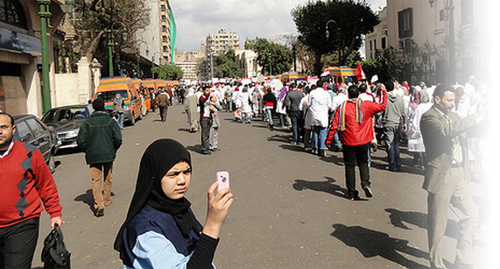This report produced by UNESCO provides an assessment of the achievements and best practices derived from the UN Plan of Action on the Safety of Journalists and the Issue of Impunity over the last decade, and it offers recommendations to combat emerging challenges going forward. The UN Plan of Action for the Safety of Journalists arose out of a multi-stakeholder process to strengthen “peace, democracy and development worldwide” as part of the UN Sustainable Development Goals. The UN Plan seeks to “create a free and safe environment for journalists and media workers online and offline and both in conflict and non-conflict situations.” The report details the results of the consultative process in 2022 which included “five regional and sub-regional consultations (for Africa, South Asia, Latin America and the Caribbean, Arab States and Europe), two thematic consultations (on the safety of women journalists, on risk management and transparency of digital platforms), and a crosscutting academic consultation [which] brought together governments representatives, civil society organizations, academia, journalists, news organizations, IGOs and tech companies.”

